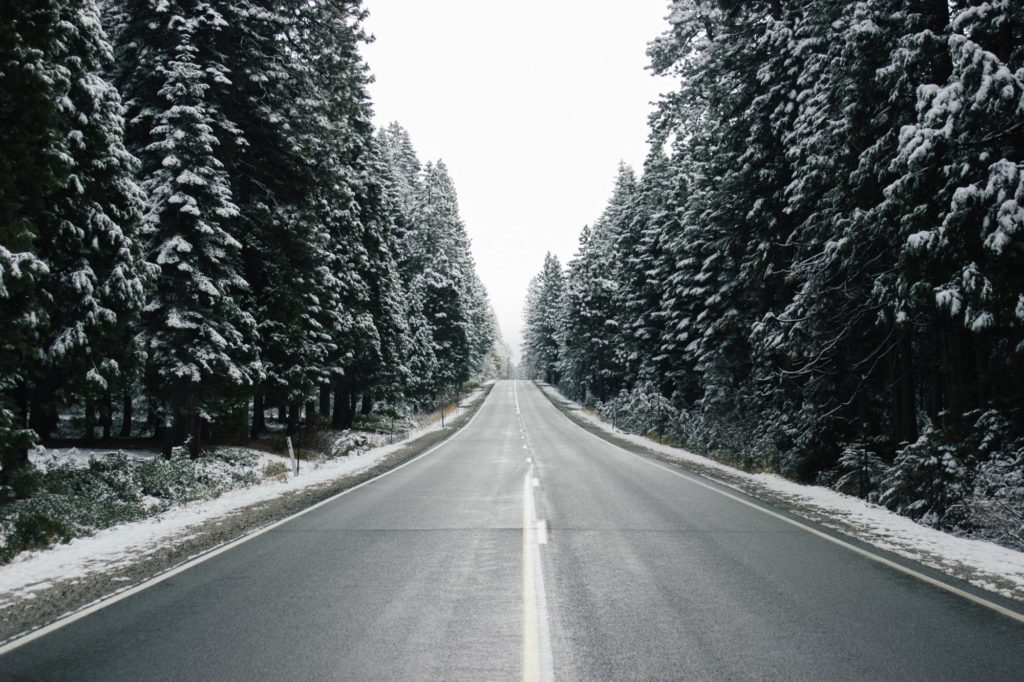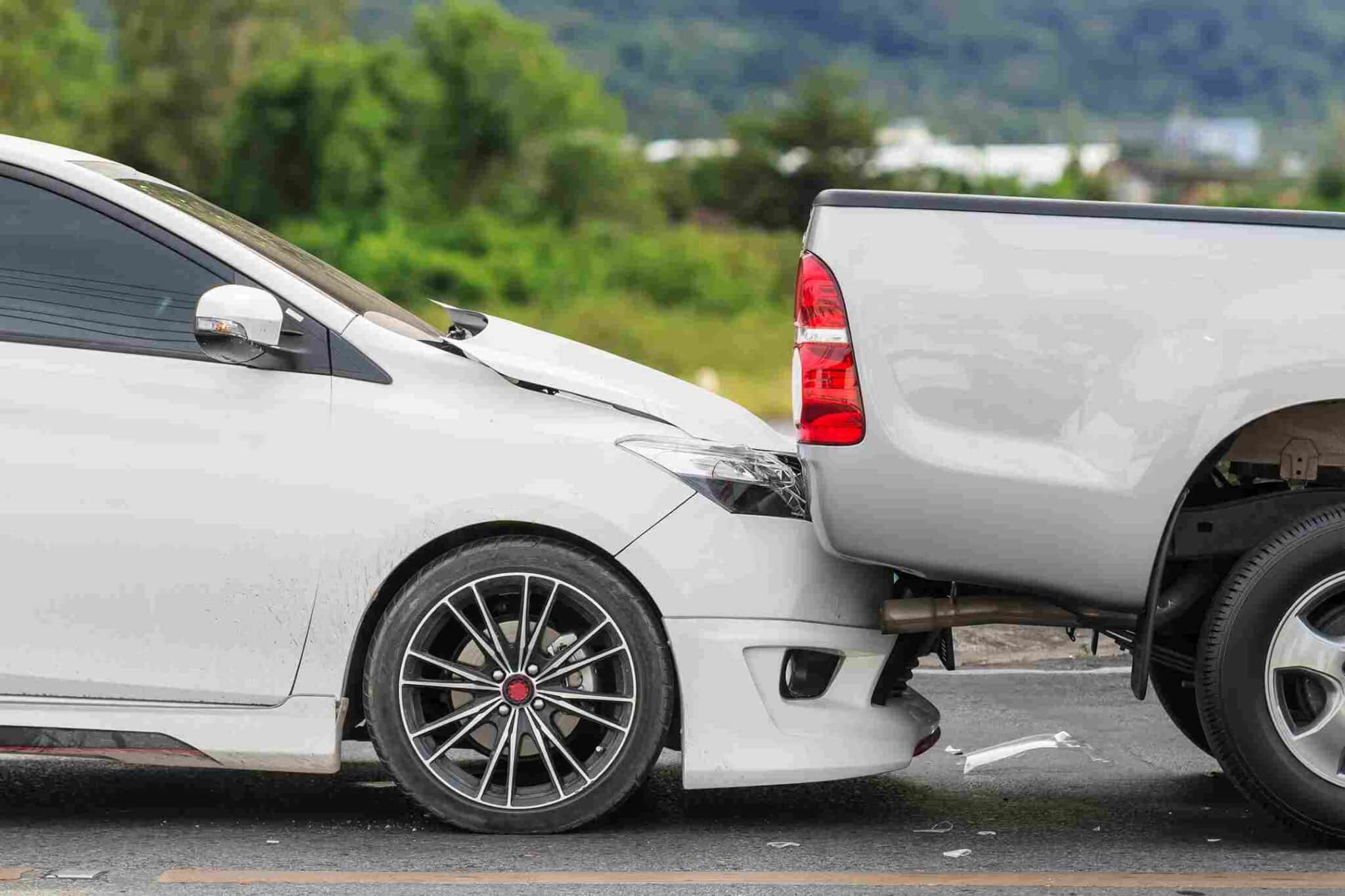With winter comes the holiday season — but also colder temperatures and more dangerous driving conditions. At Nelson Personal Injury, we are always ready to assist you with any accident-related claims, but the best outcome is to avoid the accident in the first place. To stay safe this winter, observe the following winter driving safety guide from the NHTSA.
Before You Go
- Visit your mechanic for a tune-up and other routine maintenance.
- Check for recalls on your vehicle by searching www.nhtsa.gov/recalls. If your vehicle is under a recall, get it fixed at your nearest dealer FOR FREE.
- Clean snow, ice or dirt from the windows, the forward sensors, headlights, tail lights, backup camera and other sensors around the vehicle.
- Check the weather, road conditions, and traffic.
- Don’t rush; allow plenty of time to get to your destination safely.
Systems Check
- Battery: When the temperature drops, so does battery power.
- Lights: check your headlights, brake lights, turn signals, emergency flashers, and interior lights. Towing a trailer? Be sure to also check your trailer brake lights and turn signals.
- Cooling System: Make sure the cooling system is in proper working order. See your vehicle owner’s manual for specific recommendations on coolant.
- Windshield: Completely fill your vehicle’s washer fluid reservoir before the first snow hits.
Use high-quality “winter” fluid with de-icer and keep extra in your vehicle. Make sure your windshield wipers work (replace worn blades), and check to see that your front and rear window defrosters work properly. - Floor Mats: Improperly installed floor mats in your vehicle may interfere with the operation of the accelerator or brake pedal, increasing the risk of a crash.
- Brakes: Know whether your vehicle has an antilock brake system and learn how to use it properly. If you don’t have antilock brakes, you may need to pump your brakes if you feel your wheels starting to lock up.
Tires
- If you plan to use snow tires, have them installed in the fall so you are prepared before it snows. Check out www.nhtsa.gov/tires for tire ratings before buying new ones and look for winter tires with the snowflake symbol.
- Regardless of season, inspect your tires at least once a month and before long road trips. Don’t forget to check your spare tire.
- Make sure each tire is filled to the vehicle manufacturer’s recommended inflation pressure, which is listed in your owner’s manual and on a placard located on the driver’s side door frame. Check tires when they are cold, which means the car hasn’t been driven for at least three hours.
- Look closely at your tread and replace tires that have uneven wear or insufficient tread. Tread should be at least 2/32 of an inch or greater on all tires.
- Check the age of each tire. Some vehicle manufacturers recommend that tires be replaced every six years regardless of use, but check your owner’s manual to find out.
Be Prepared
Keep the following items in your vehicle:
- Snow shovel, broom, and ice scraper.
- Abrasive material such as sand or kitty litter, in case your vehicle gets stuck in the snow.
- Jumper cables, flashlight, and warning devices such as flares and emergency markers.
- Blankets for protection from the cold.
- A cell phone with charger, water, food, and any necessary medicine (for longer trips or when driving in lightly populated areas).
Protect Your Children
- Remember that all children under age 13 should always ride properly restrained in the back seat. Make sure car seats and booster seats are properly installed and that any children riding with you are in the right car seat, booster seat, or seat belt for their age and size.
- Though thick outerwear will keep your children warm, it can interfere with the proper harness fit on your child in a car seat. Instead, place blankets or coats around your child after the harness is snug and secure.
- Never leave your child unattended in or around your vehicle.
- Always remember to lock your vehicle and to keep your keys out of reach when exiting so children do not play or get trapped inside.
On The Road
- Keep your gas tank close to full, even with a hybrid-electric vehicle.
- If road conditions are hazardous, avoid driving if possible.
- Drive slowly. It’s harder to control or stop your vehicle on a slick or snow-covered surface. On the road, increase your following distance enough so that you’ll have plenty of time to stop for vehicles ahead of you.
- Don’t crowd a snow plow or travel beside it.
- Always wear your seatbelt and ensure that everyone else in your vehicle is buckled-up in age and size appropriate restraints.
- Do not text or engage in any activities that may distract you while driving.
- Obey all posted speed limits, but drive even slower if necessary for weather conditions.
- Drive sober. Alcohol and drugs impair perception, judgment, motor skills, and memory – the skills critical for safe and responsible driving.
In An Emergency
- Stay with your car and don’t overexert yourself.
- Put bright markers on the antenna or windows and keep the interior dome light turned on.
- To avoid asphyxiation from carbon monoxide poisoning, don’t run your car for long periods of time with the windows up or in an enclosed space. If you must run your vehicle, clear the exhaust pipe of any snow and run it only sporadically — just long enough to stay warm.
Even when following these guidelines, accidents can happen — and when they do, Nelson Personal Injury is here to help. We know that you might have many questions about your rights and the claim process. Visit our Car Accident Overview page to receive a free case evaluation, or call us today at (320)-252-1200. All consultations with our experienced attorneys are confidential and without obligation.






